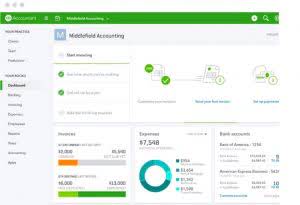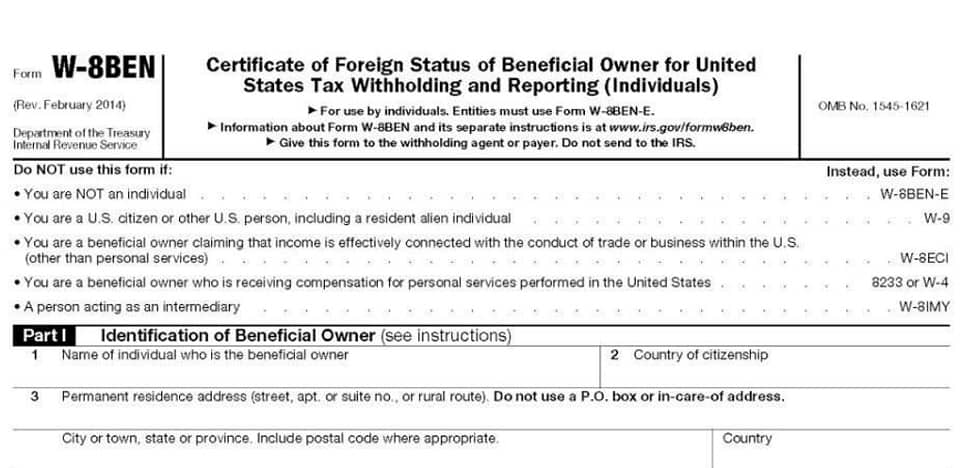Hain Celestial Reports Fourth Quarter and Fiscal Year 2024 Financial Results The Hain Celestial Group
August 28, 2024
To compensate for its lower gross margin, Company XYZ decides to double its product price to boost revenue. You can reduce material costs by negotiating lower prices with your suppliers. If you’re a large customer who buys materials every month, you may negotiate a lower price. Cost and use drive your material costs, so analyse your production and avoid wasting materials. It takes effort, but you should review your profitability ratios each month and make changes to improve outcomes. Every business uses assets to generate revenue, so business owners must maintain and replace assets.
- Capital-intensive industries, like manufacturing and mining, often have high costs of goods sold, which translates to relatively low gross margins.
- As a general rule, higher gross profit margins indicate more profitable companies.
- By boosting sales, even if COGS remains constant, the gross margin can see a positive uptick.
- Adjusted gross profit was also $59 million, a decrease of 9% from the prior year period.
- The gross margin ratio is important because it focuses strictly on product/service profitability, essentially letting you know if you’re making enough money from selling your products and services.
Profit Margin
Gross Margin is the profitability of a business after subtracting the cost of goods sold from the revenue. It is a reflection of the amount of money a company retains for every incremental dollar earned. This means they retained $0.75 in gross profit per dollar of revenue, for a gross margin of 75%. The definition of gross margin is the profitability of a business after subtracting the cost of goods sold from the revenue.
Product mix
On the other hand, an automobile manufacturing business will have a lower ratio due to higher production expenses. Therefore, the gross profit margin is the first of three primary profitability measures. The easiest way to calculate gross profit margin is to use accounting software.
How Can You Increase Your Gross Profit Margin?
- Let’s assume that the cost of goods consists of the $100,000 it spends on manufacturing supplies.
- The Gross Margin Ratio, also known as the gross profit margin ratio, is a profitability ratio that compares the gross margin of a company to its revenue.
- In recessions or economic slowdowns, consumers tend to cut back on spending.
- Therefore, the 20% gross margin implies the company retains $0.20 for each dollar of revenue generated, while $0.80 is attributable to the incurred cost of goods sold (COGS).
- This can result in higher profits and better financial health for the business.
- The increase was driven by non-dairy beverage as well as Celestial Seasonings® tea.
- Nonetheless, the gross profit margin should be relatively stable except when there is significant change to the company’s business model.
Gross margin, a key financial performance indicator, is the profit percentage after deducting the cost of goods sold (COGS) from a company’s total revenue. The two figures that are needed to calculate the gross profit ratio are the net sales and the gross profit. Both components of the formula (i.e., gross profit and net sales) are usually available from the trading and profit and loss account or income statement of the company. The above gross margin formula indicates that for every dollar in revenue, $0.49 is available for operational costs. So, a good net profit margin to aim for as a business owner or manager is highly dependent on your specific industry.
What is a Good Gross Profit Margin?

The gross margin is the portion of revenue a company maintains after deducting the costs of producing its goods or services, expressed as a percentage. It’s useful for evaluating the strength of sales compared to production costs. This profitability ratio evaluates the strength of a company’s sales performance in relation to production costs. The businesses with the highest profit margins are typically service industries like law, banking, and software development.

Gross Margin: Definition, Example, Formula, and How to Calculate
In these industries, a good gross profit margin is often in the high 90%. You can also use your gross margin percentage to compare your profits to those of similar businesses in your industry. Since they likely have a similar cost of goods sold, you can use this metric to compare your total sales revenue. The gross profit percentage formula is calculated gross margin accounting by subtracting cost of goods sold from total revenues and dividing the difference by total revenues. Usually a gross profit calculator would rephrase this equation and simply divide the total GP dollar amount we used above by the total revenues. Gross margin and gross profit are among the metrics that companies can use to measure their profitability.
Increase Efficiency

Recent Comments